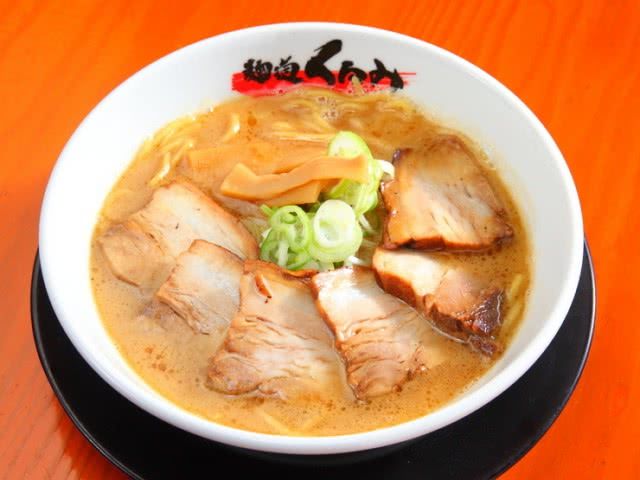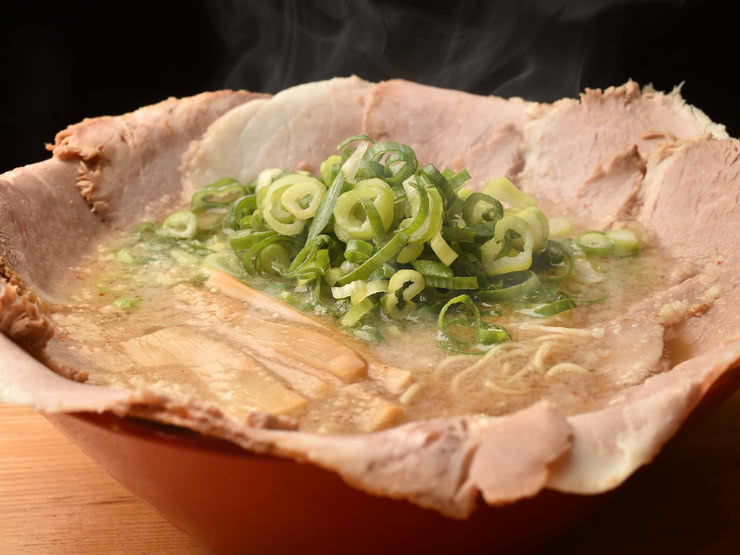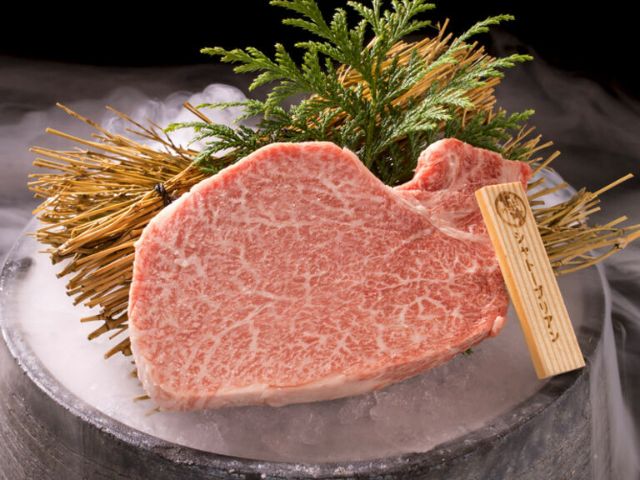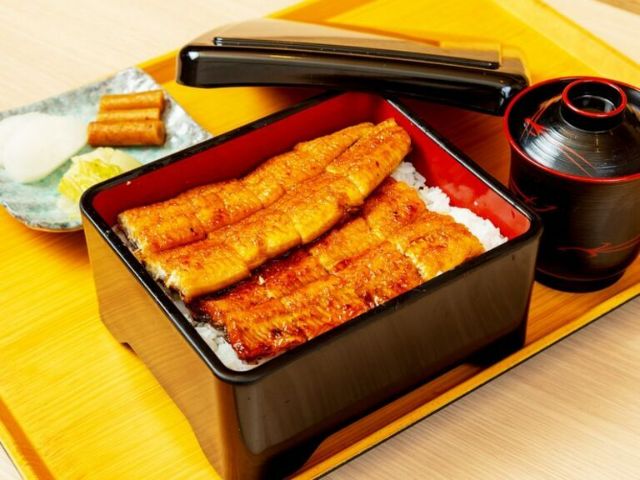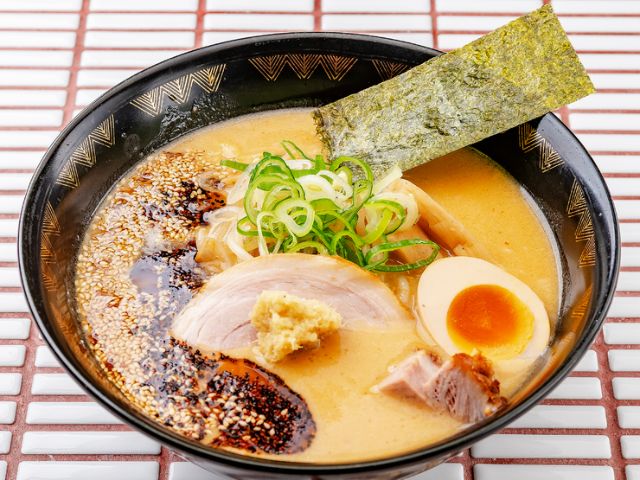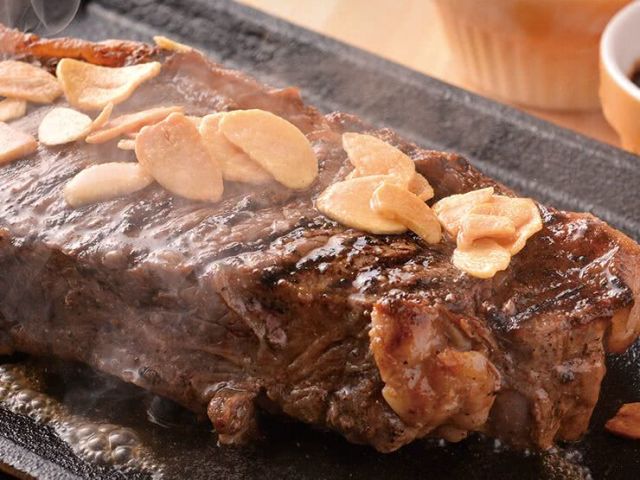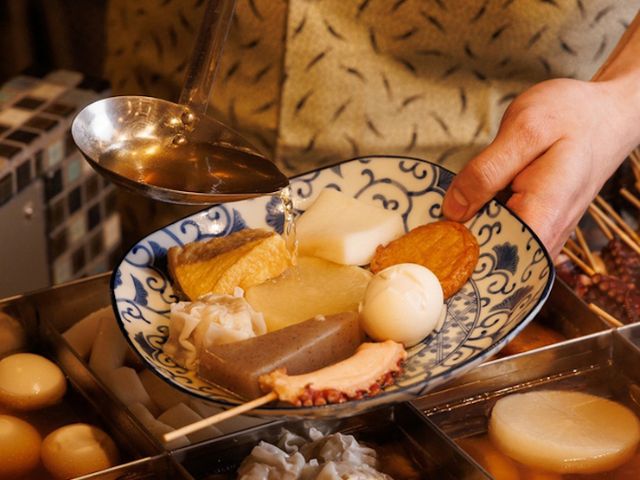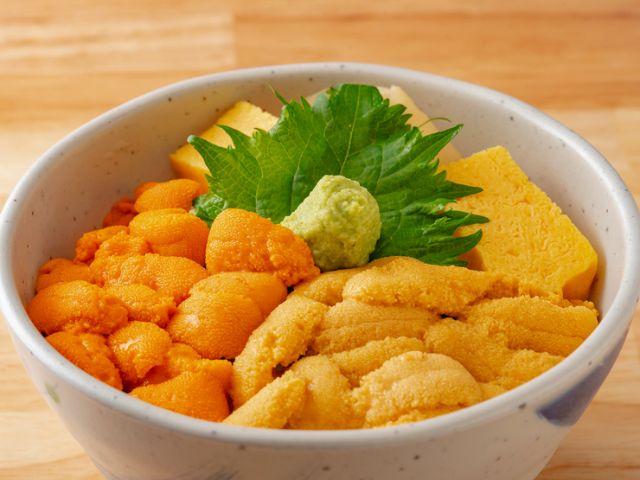Now You Too Can Become a Ramen Connoisseur! The Complete Guide to Different Ramen Types
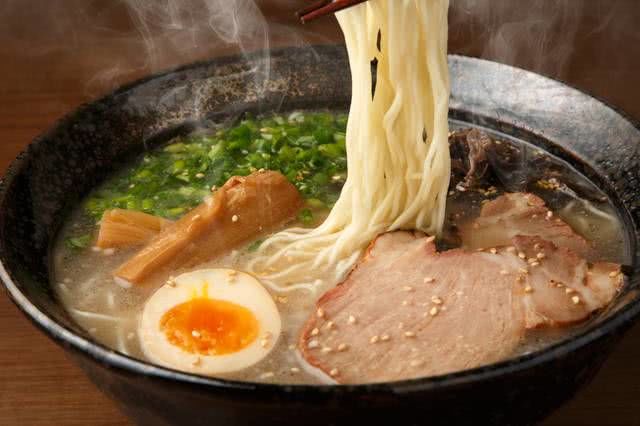
What Is Ramen?
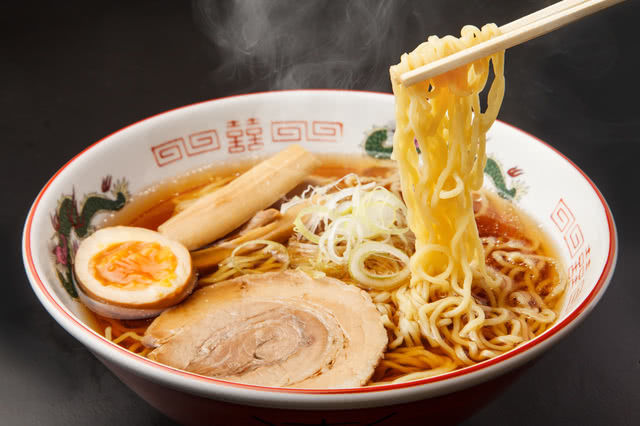
The History of Ramen
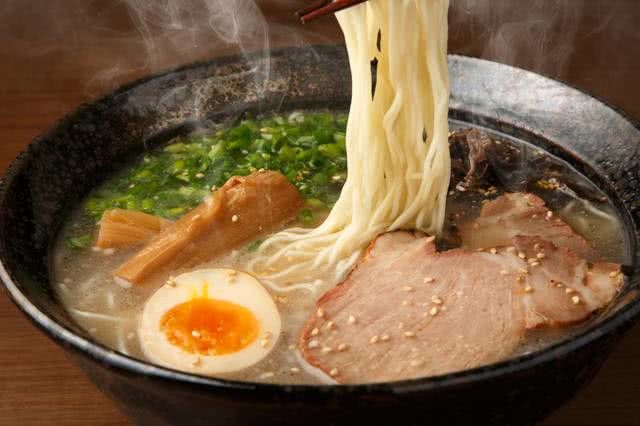
In 1910, the first Japanese noodle restaurant, serving Chinese noodles imbued with Japanese food culture, opened up in Tokyo. From the 1920s until 1937, just before World War II, ramen shops were popping up all over Japan. And after the war many new ramen-selling stalls appeared. It seems that ramen, being not only cheap, but also delicious and nutritious, had been especially popular back when supplies were scarce.
In the 80 years since then, various ramen restaurants have opened up all over the country. Ramen is now called "the national food of Japan."
Standard Types of Ramen
[Shoyu Ramen] and [Miso Ramen]
![[Shoyu Ramen] and [Miso Ramen]](https://rimage.savorjapan.com/svj/image/discover_oishii_japan/280/article_89057_w640z.jpg)
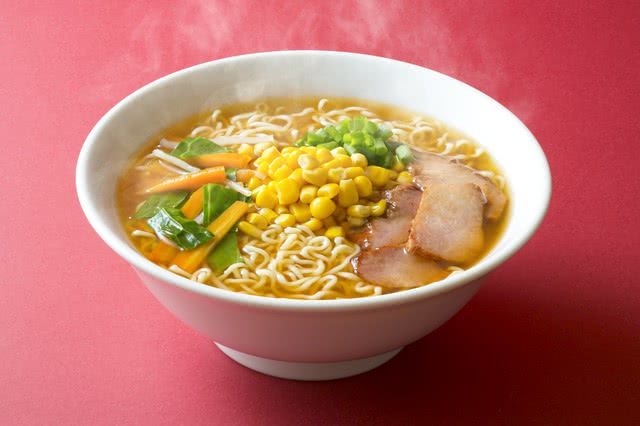
The soup is made with shoyu. The soup may vary greatly: from a light dashi (broth) made from chicken bone or vegetables to a thick pork bone-based one.
- Miso Ramen
The soup is made using a sauce, flavored with miso, as its base. It is characterized by a thick and dense rich flavor. It is said that the owner of "Aji No Sanpei", a popular ramen restaurant in Sapporo-shi, Hokkaido, invented it in 1961.
[Tonkotsu Ramen] and [Shio Ramen]
![[Tonkotsu Ramen] and [Shio Ramen]](https://rimage.savorjapan.com/svj/image/discover_oishii_japan/280/article_89059_w640z.jpg)
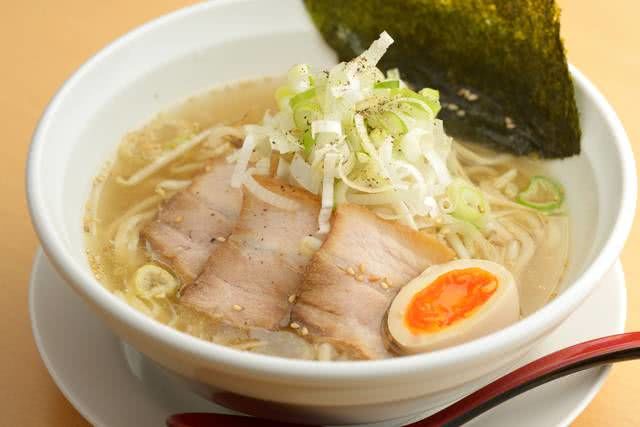
The soup is made using dashi obtained from the process of boiling pork bones for a long time. It has a distinctive fragrance and thick, rich taste. A lot of [Tonkotsu Ramen] come in a cloudy white soup as represented by the [Hakata Ramen] of Kyushu.
- Shio Ramen
The soup is made from a sauce that is flavoured with salt. Its characteristic feature is that the taste of dashi is very prominent in comparison to other ramen varieties. Popular because it is light and easy to eat.
[Seafood Ramen] and [Tantan-men]
![[Seafood Ramen] and [Tantan-men]](https://rimage.savorjapan.com/svj/image/discover_oishii_japan/280/article_89061_w640z.jpg)
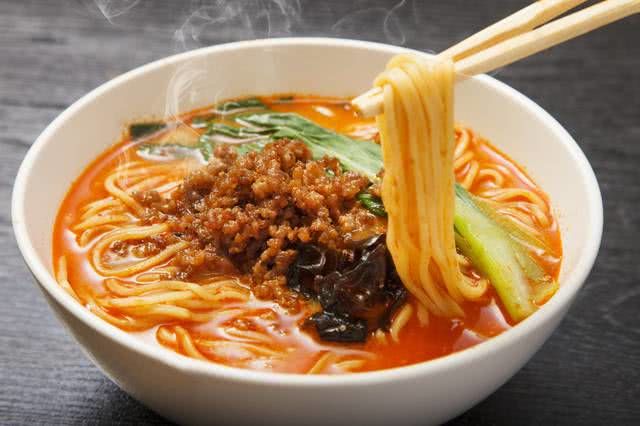
The soup is made with various seafood, such as dried bonito, kelp, and anchovies. It is characterized by its deep umami (Japanese savory taste).
- Tantanmen
It is said that this noodle dish originates from the Sichuan region in China, and that a Sichuan-born chef adapted it to suit the Japanese palate. In Japan, it’s usually made with a spicy sesame-flavored soup and topped with such things as ground pork seasoned with sweet bean sauce.
Ramen Derivatives
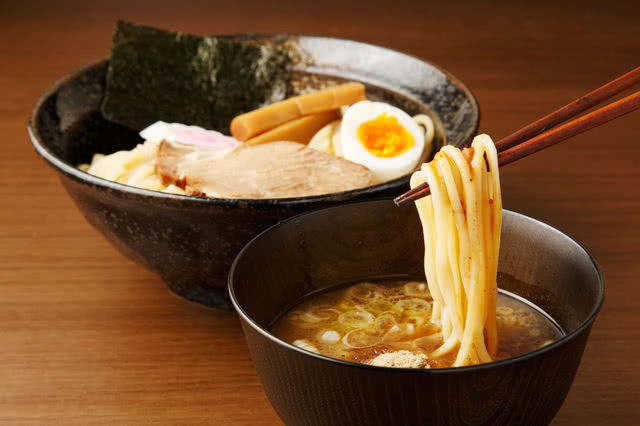
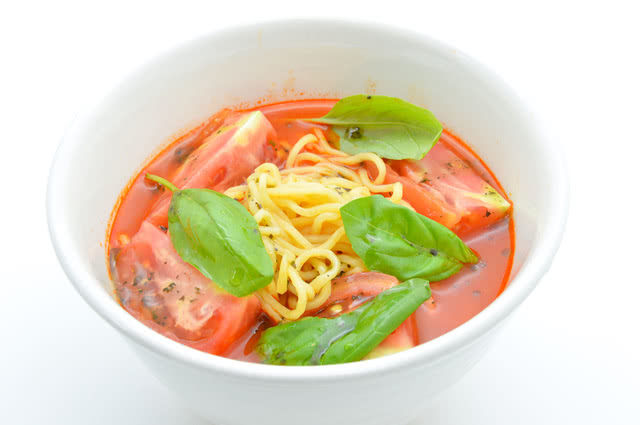
- Tsukemen
The boiled noodles are immersed in water, then placed in a separate bowl to be eaten by first dipping them in tsuke-jiru (thick ramen soup). Sometimes the noodles are heated up again by running them through hot water. Tsuke-jiru has a stronger taste than the usual type of ramen soup. There are restaurants where you can make [Soup Wari], meaning that once you are finished eating the noodles, you add soup such as tonkotsu or chicken bone soup to the Tsuke-jiru and drink it.
- Abura Soba
A small amount of [Soy Sauce-based Thick Sauce and Oil] is put on the bottom of the bowl, with which the noodles should be coated then eaten. Among the ingredients you can find chashu (roasted pork), menma (fermented bamboo shoots), or finely chopped negi (scallions). Sometimes, you may want to include seasonings such as chili oil or vinegar according to your preference.
- Spicy Ramen
Using dashi made from chicken, pork bones and seafood, among others, as a base, the main feature of this type of ramen is the spicy soup flavoured with ingredients such as miso, chili pepper and garlic. Some restaurants let you choose the level of spiciness.
- Creative Ramen
There are plenty of eateries that make their own unique ramen, using ingredients such as Italian-style tomato-flavored soup, seafood like oysters and clams, curry soup, and so on.
Famous Local Ramen Types
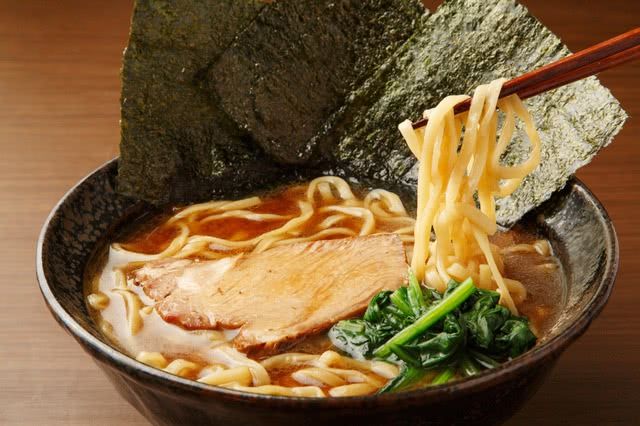
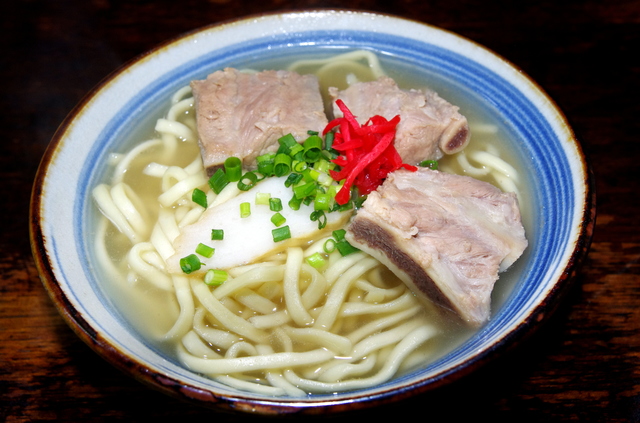
- Asahikawa Ramen
The local ramen of Asahikawa-shi in Hokkaido. It generally uses a shoyu-flavored soup with dashi based on pork bones and seafood such as dried anchovies. Since Hokkaido is known for its cold climate, the fat floats on the surface of the soup to keep it heated longer. White chijire-men (curly noodles) are commonly used.
- Sapporo Ramen
The local ramen of Sapporo-shi in Hokkaido. The most common variety of it is garlic-flavored thick miso ramen. Moyashi (bean sprouts) and ground meat fried in lard are commonly used ingredients, and the noodles are usually of the thick chijire-men variety.
- Kitakata Ramen
The local ramen of Kitakata-shi in Fukushima Prefecture. A clear shoyu-based soup with easy-to-ingest seasonings is common, as well as chewy flat chijire-men.
- Tokyo Ramen
Although there are various definitions, the name is generally used to refer to old-school shoyu ramen. The soup is clear, shoyu-flavored, and the noodles are usually curled and have medium thickness. Chashu, menma, nori (seaweed sheets), and white negi are commonly used as ingredients.
- Ramen of the Yokohama Family
The ramen of Yokohama-shi in Kanagawa Prefecture. The most popular variety is made with thick, chewy noodles and a rich-flavored soup owing its taste to the combination of pork bones, chiyu (chicken fat), and shoyu paste. You can often top it with seasonings such as nori, spinach, garlic, ginger, and sesame to your heart's content.
- Kyoto Ramen
Kyoto's ramen boasts exceptional heaviness among the many ramen of Japan. It features a thick soup with rich shoyu taste, gelatinous consistency, or other impressive features. The soup is made with different bases: from pork bones and chicken to vegetables and chicken bones.
- Hakata Ramen
The local ramen of the Hakata area in Fukuoka-shi, Fukuoka Prefecture. It is characterized by a thick soup made with barely anything but pork bones cooked for a long time. There are also many places that add grated garlic and so on. Also famous for its [Kae Dama] (substitute) system that lets you replace the noodles if you want.
- Okinawa Soba
The local ramen of the Okinawa region. The noodles are made from wheat flour, and the soup is salty, using dashi made with pork bones. Sweet-tasting boiled pork belly, negi, and ginger are common additions.
Typical Ingredients & Types of Topping
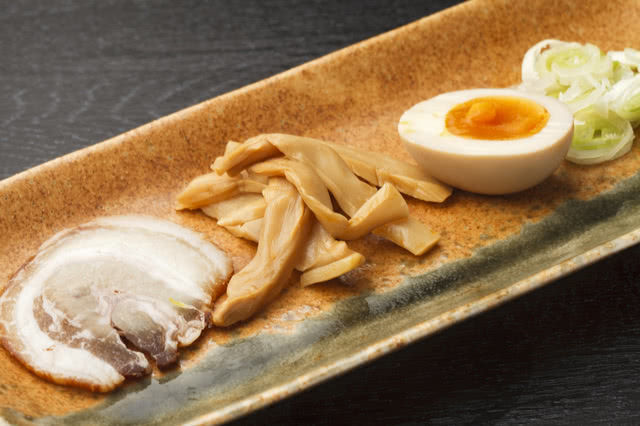
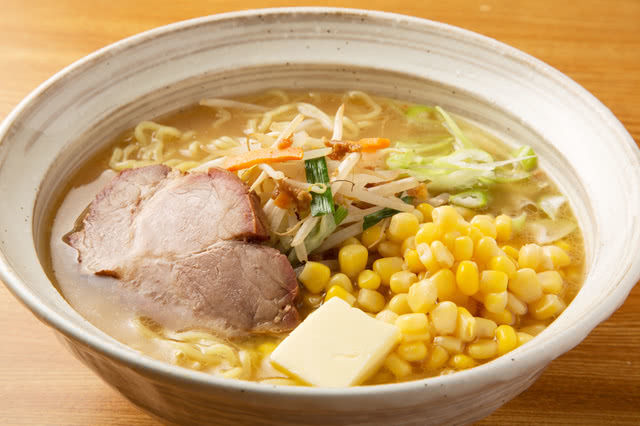
Disclaimer: All information is accurate at time of publication.
Thank you for reading our article.
Our goal is to take your culinary journey to the next level by helping you find the best restaurant. With SAVOR JAPAN, you can search and make reservations for
the Ramen restaurants found in and around that fill your needs.
Discover more Ramen restaurants by area
- Tokyo Area
- Near Tokyo
- Kyoto and Osaka Area
- Hokkaido Area
- Northern Honshu (Tohoku)
- Central Honshu (Chubu)
- Western Honshu (Chugoku)
- Shikoku
- Kyushu
- Okinawa and Ryukyu Islands
Discover more restaurants to eat Ramen (Noodles) Cuisine by area
Keywords
Related Articles
New Articles
Categories
Cuisine
- Bars (23)
-
Japanese Cuisine (676)
- Kaiseki (46)
- Nabe (19)
- Okonomiyaki (24)
- Shabu Shabu (36)
- Soba (17)
- Sushi (137)
- Tempura (18)
- Teppanyaki (46)
- Shojin Ryori (3)
- Tonkatsu (12)
- Kushiyaki (10)
- Yakitori (46)
- Sukiyaki (35)
- Japanese Cuisine (341)
- Oyster (2)
- Sashimi/ Seafood (19)
- Unagi (eel) (30)
- Motsu Nabe (offal hotpot) (6)
- Mizutaki (chicken hot pot) (3)
- Oden (8)
- Kaisendon (seafood bowl) (9)
- Udon (2)
- Taverns(Izakaya) Cuisine (125)
- Western Cuisine (42)
- Italian/French Cuisine (95)
- Yakiniku/Steak (225)
- Chinese Cuisine (26)
- Ramen (Noodles) Cuisine (26)
- Cafe/Sweets (60)
- Other Asian Cuisine (5)
- Global/International Cuisine (7)
- Alcohol (45)
- Other (11)
Area
- Shikoku (10)
- Kyoto and Osaka (345)
-
Tokyo (460)
- Tokyo (286)
- Ginza (44)
- Roppongi (22)
- Shibuya (26)
- Shinjuku (47)
- Asakusa (20)
- Ebisu (12)
- Tsukiji (10)
- Tokyo Landmarks (4)
- Ueno (24)
- Akihabara (9)
- Ikebukuro (12)
- Jiyugaoka, Denenchofu, Nakameguro (9)
- Shimokitazawa (4)
- Kichijoji (3)
- Tachikawa (1)
- Omotesando, Harajuku, Aoyama (18)
- Akabane (1)
- Kagurazaka (4)
- Akasaka (10)
- Odaiba (1)
- Tsukishima, Harumi, Toyosu (3)
- Near Tokyo (100)
- Okinawa and Ryukyu Islands (58)
- Hokkaido (124)
- Northern Honshu (Tohoku) (31)
- Central Honshu (Chubu) (144)
- Western Honshu (Chugoku) (32)
- Kyushu (92)
Archives
- December 2025(9)
- November 2025(4)
- October 2025(3)
- September 2025(6)
- August 2025(11)
- July 2025(19)
- June 2025(18)
- May 2025(34)
- April 2025(43)
- March 2025(30)
- February 2025(36)
- January 2025(26)
- December 2024(69)
- November 2024(31)
- October 2024(15)
- September 2024(39)
- August 2024(65)
- July 2024(31)
- June 2024(54)
- May 2024(61)
- April 2024(28)
- March 2024(31)
- February 2024(42)
- January 2024(32)
- December 2023(20)
- November 2023(5)
- October 2023(11)
- September 2023(7)
- August 2023(18)
- July 2023(8)
- June 2023(8)
- May 2023(18)
- April 2023(15)
- March 2023(1)
- January 2023(1)
- April 2022(2)
- March 2022(2)
- February 2022(1)
- January 2022(1)
- July 2021(1)
- March 2021(1)
- February 2021(1)
- December 2020(1)
- October 2020(1)
- September 2020(2)
- August 2020(10)
- July 2020(6)
- June 2020(9)
- May 2020(11)
- April 2020(8)
- March 2020(8)
- February 2020(13)
- January 2020(9)
- December 2019(24)
- November 2019(8)
- August 2019(14)
- July 2019(15)
- June 2019(18)
- May 2019(17)
- April 2019(16)
- March 2019(22)
- February 2019(22)
- January 2019(26)
- December 2018(34)
- November 2018(40)
- October 2018(32)
- September 2018(11)
- August 2018(8)
- July 2018(6)
- June 2018(9)
- May 2018(10)
- April 2018(21)
- March 2018(74)
- February 2018(39)
- January 2018(26)
- December 2017(60)
Keywords
- Omakase
- Accessible
- Affordable
- All-You-Can-Eat
- Amazing Scenery
- anime
- Art
- Autumn
- Awards
- Beer Gardens
- Breakfast
- Chef Recommendations
- Cherry Blossoms
- Chinese
- Close To Station
- Condiments
- Counter
- Coupon
- Crab
- Culture
- Dassai
- Dates
- delivery
- Early Summer
- Editor's Recommendation
- English Available
- Event
- Expo
- Fall Leaves
- Family-Friendly
- Famous Restaurant
- Famous Tourist Spot
- Fast Food
- festival
- fireworks
- Flower Farm
- Free Wi-Fi
- French
- Great Location
- Guide
- Hibachi
- hotpot
- How To
- hydrangea
- Hygiene
- Illumination
- Italian
- Izakaya
- Japanese
- Japanese alcohol
- jingisukan
- Kaiseki
- Kappo
- Kushiage
- Kushikatsu
- Kyoto
- Late-Night
- Lunch
- Manners
- matsusakagyu
- Michelin
- mizutaki
- Model Course
- monjayaki
- motsunabe
- Mt.Fuji
- Multilingual Menus
- Nabe
- Narita Airport
- New Year
- Ninja
- Noodle
- Oden
- Okonomiyaki
- omotenashi
- Onsen
- Osaka
- Osaka Station
- Photogenic Site
- pizza
- PR
- Private Room
- Ramen
- ranking
- Recipe
- Regional Cuisine
- Resort
- Rice Bowl Dish (Donburi)
- sacred places
- Sake
- Sakura
- Sashimi
- sea urchin
- Setouchi Area
- Shabu Shabu
- sightseeing
- Signature Dish
- Soba
- Solo Diners Welcomed
- Spicy Food
- Spring
- Steak
- Summer
- Sunflower
- Sushi
- takeout
- Teppanyaki
- Terrace Seating
- Tokyo
- Tokyo Experiences
- Tokyo Skytree
- Tokyo Tower
- unagi
- UNESCO
- Vegan
- Vegetarian
- Wagyu
- What Popular Gourmet Sites Recommend
- Whisky
- Wine Bar
- Winter
- Wisteria
- Workshop
- World Heritage Site
- World Writers
- Yakiniku
- Yoshoku
- Yuba
- Zen
Discover Restaurants By Area
-

Tokyo Area
Japan's largest city, Tokyo, is the center of culinary culture in Japan. Countless Tokyo restaurants serve every kind of food imaginable and the Toyosu fish market keeps restaurants stocked with the nation's finest fish.
-

Near Tokyo
Coastal areas, mountains and valleys surrounding Tokyo are bursting with tourist destinations, such as hot springs and ski slopes, where many unique foods are only available locally.
-

Kyoto and Osaka Area
The cities of Kyoto and Osaka, together with their surrounding areas, have greatly influenced Japan's culinary culture since the 7th Century. The region is renowned for its entertainment, Kobe beef, and wide-ranging traditional dishes.
-

Hokkaido Area
The island of Hokkaido is home to wide-ranging produce of the finest quality, such as rice, meat, vegetables, fish and fruit. Popular dishes from Hokkaido include robatayaki (food slowly roasted on skewers) and Sapporo miso ramen.
-

Northern Honshu (Tohoku)
The northern end of Japan's main island, Honshu, is renowned for its seasonal fruit and vegetables, nation-leading harvest of fish (especially tuna from Ohma), and delicious beef from Yonezawa, Sendai and Yamagata.
-

Central Honshu (Chubu)
Chubu is in the center of Japan's main island, Honshu, and its culinary culture reflects its position between Japan's western and eastern halves. Delicious Hida beef, world-famous Mount Fuji and many acclaimed sake breweries are in Chubu.
-

Western Honshu (Chugoku)
Chugoku, on the southwest of Japan's main island, is rich with diverse produce. Many of its products are praised as Japan's best, including Matsuba crabs from Tottori and oysters from Hiroshima. Its pears and muscats are also top grade.
-

Shikoku
The mild climate of Shikoku is ideal for growing citrus fruit such as sudachi. Shikoku is also famous for Sanuki udon noodles, huge yields of tiger prawn from Ehime Prefecture and the best torafugu (tiger globefish) in the country.
-

Kyushu
Western culture was first introduced to Japan through Kyushu, Japan's third largest island, where the influence of Portuguese and other western cuisine influenced the creation of a colorful culinary tradition.
-

Okinawa and Ryukyu Islands
Okinawa, Japan’s southernmost prefecture, is a treasure trove of distinctive dishes and drinks that have become popular throughout Japan, including Okinawa soba, unique sushi toppings and Awamori distilled liquor.
